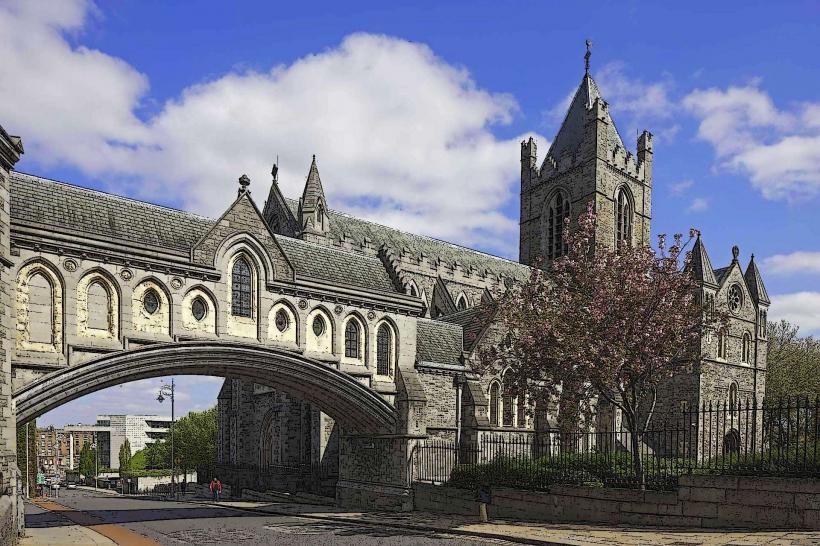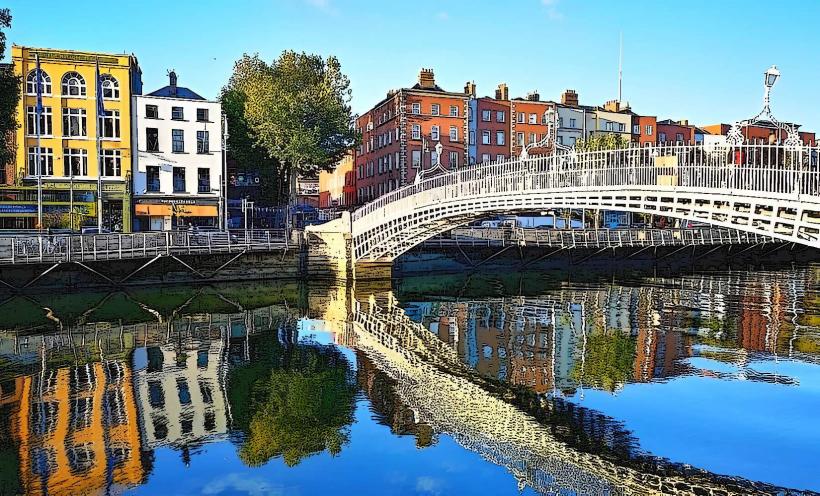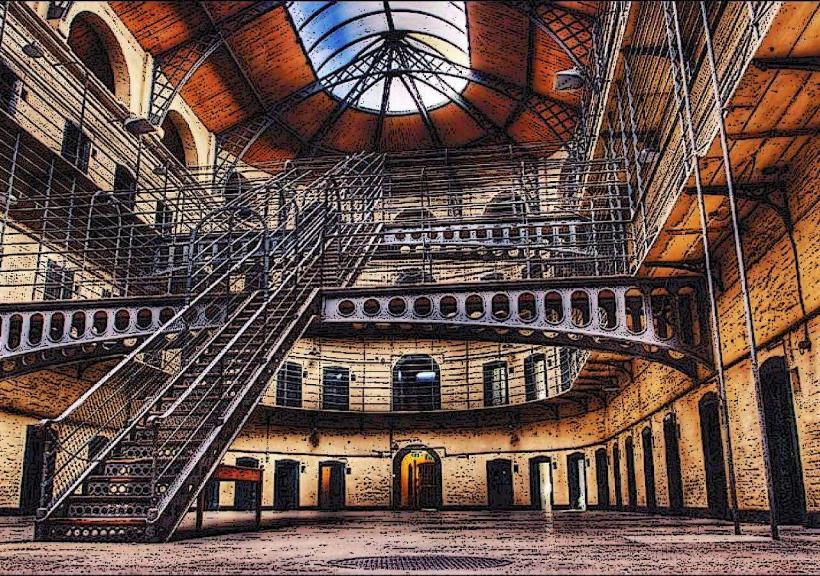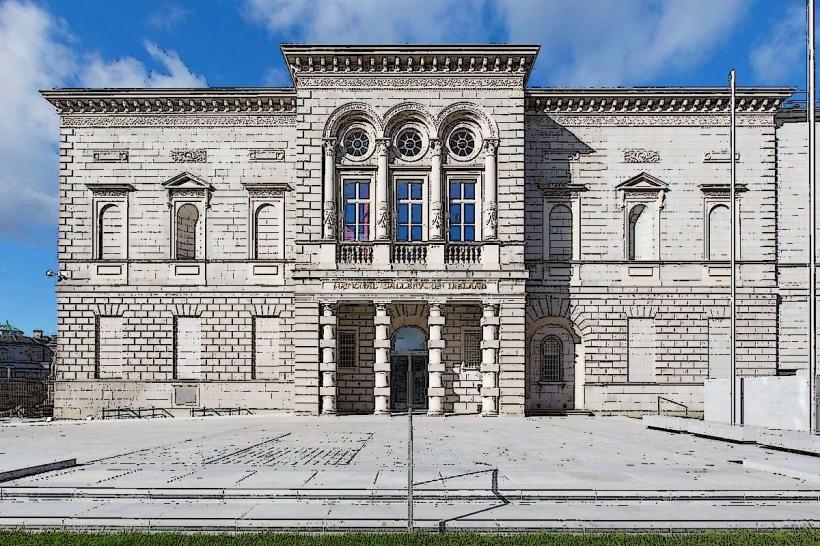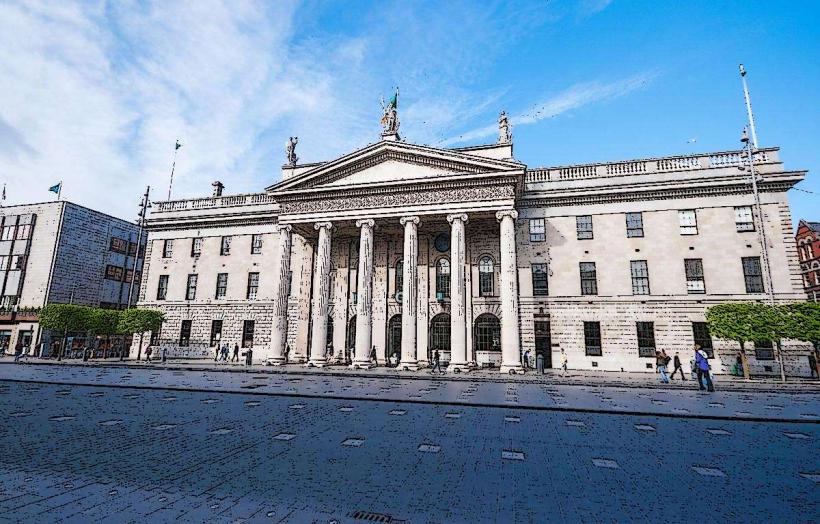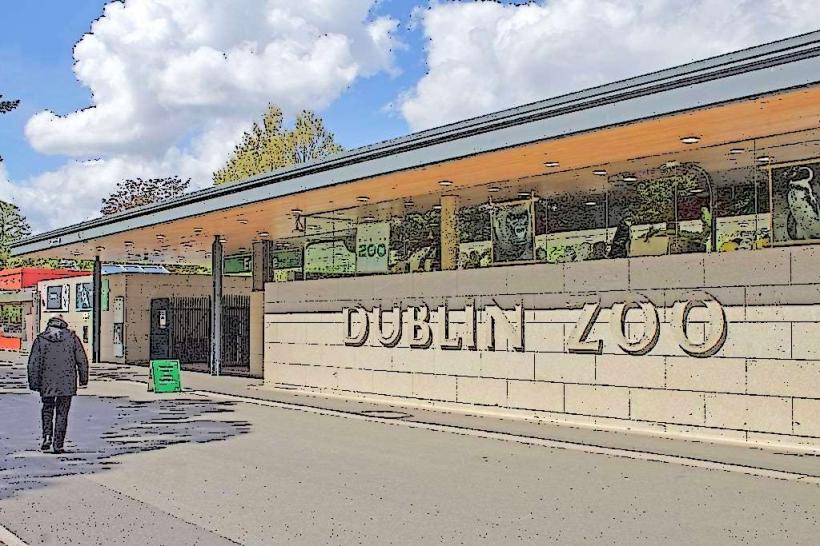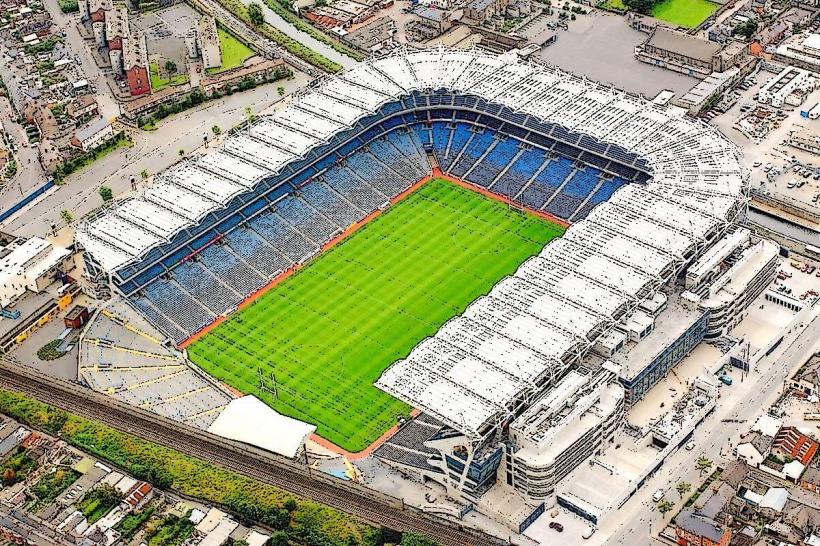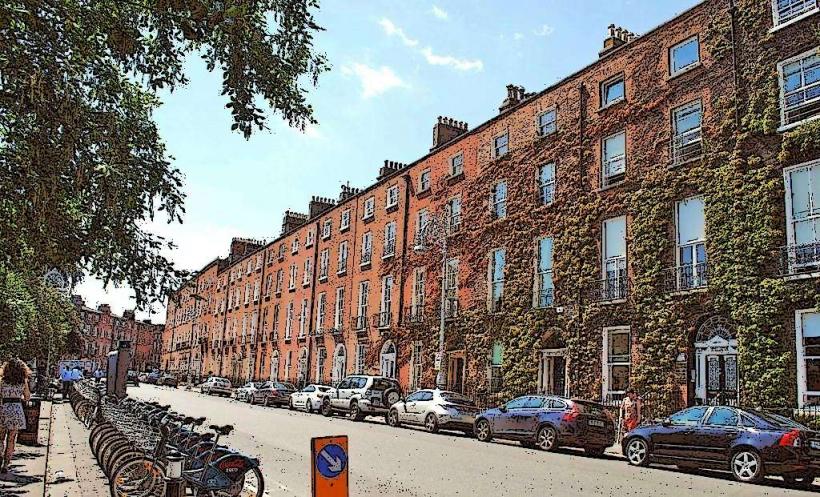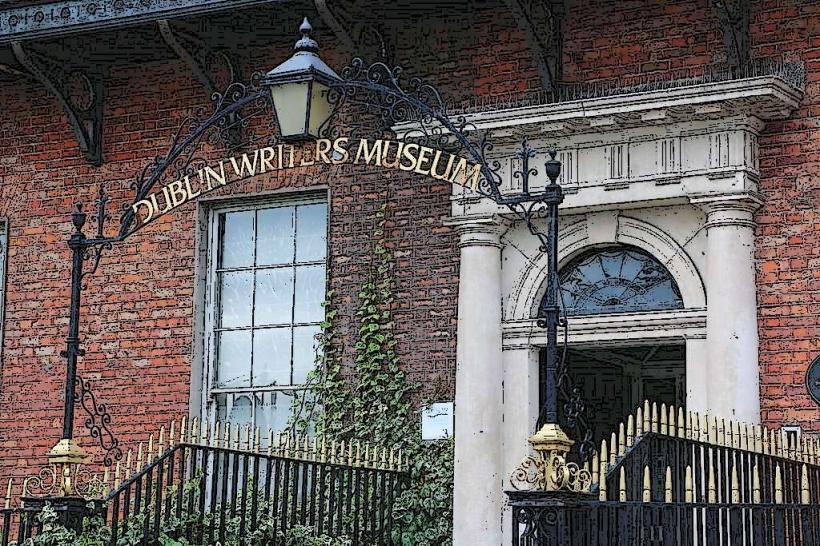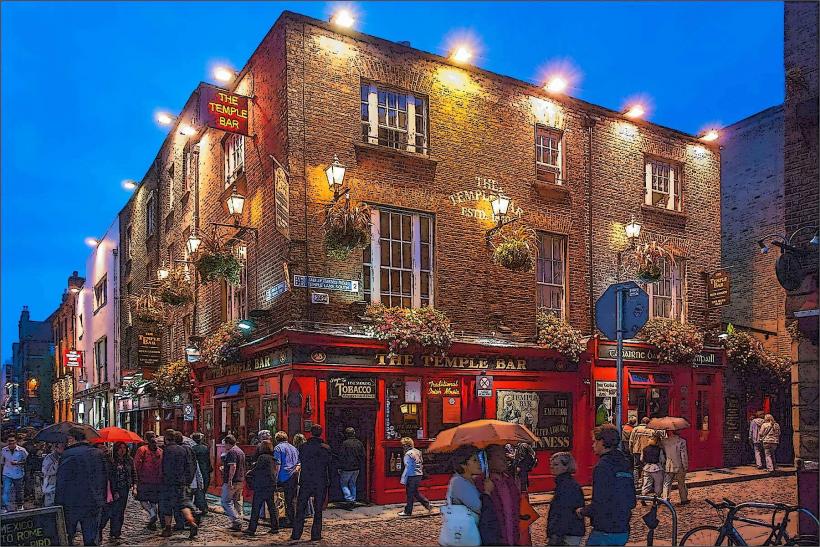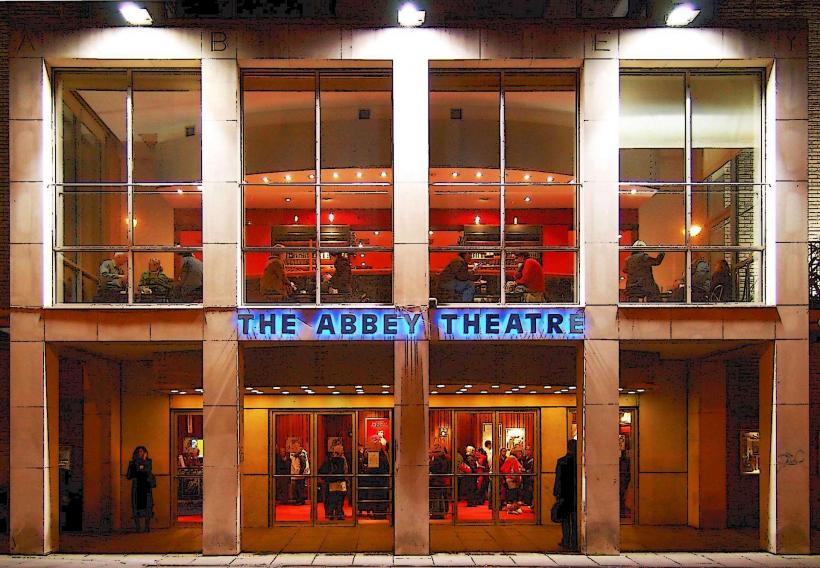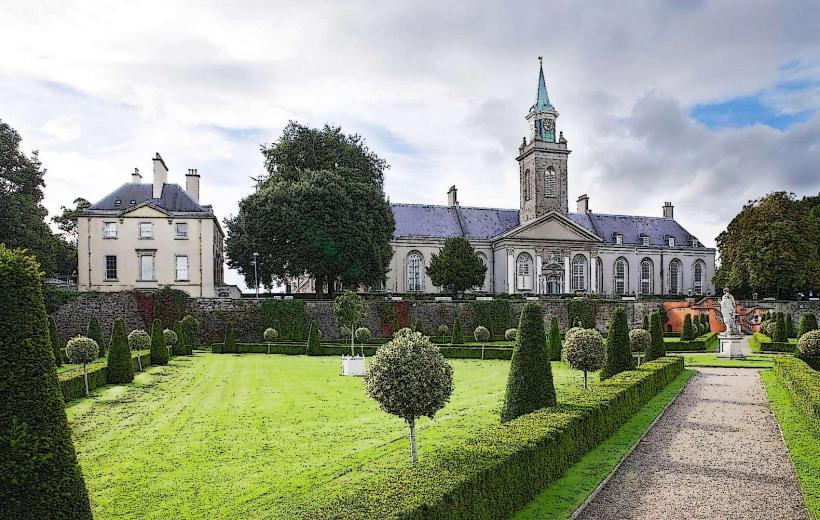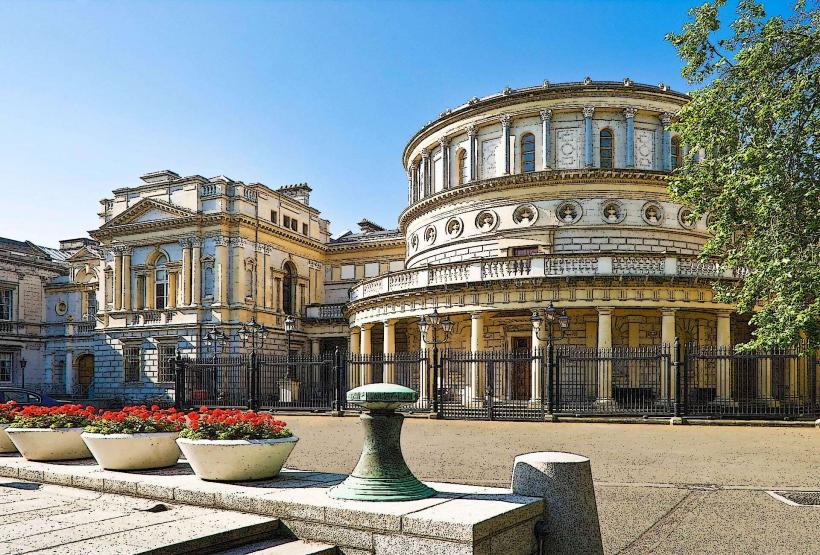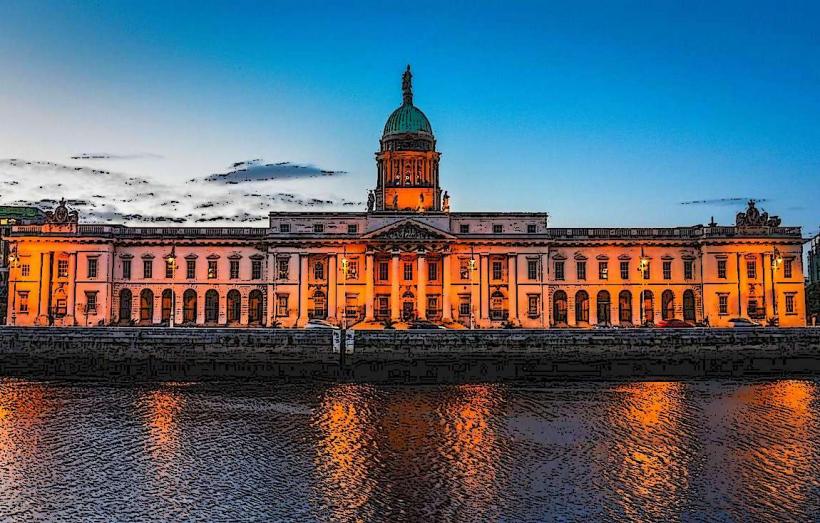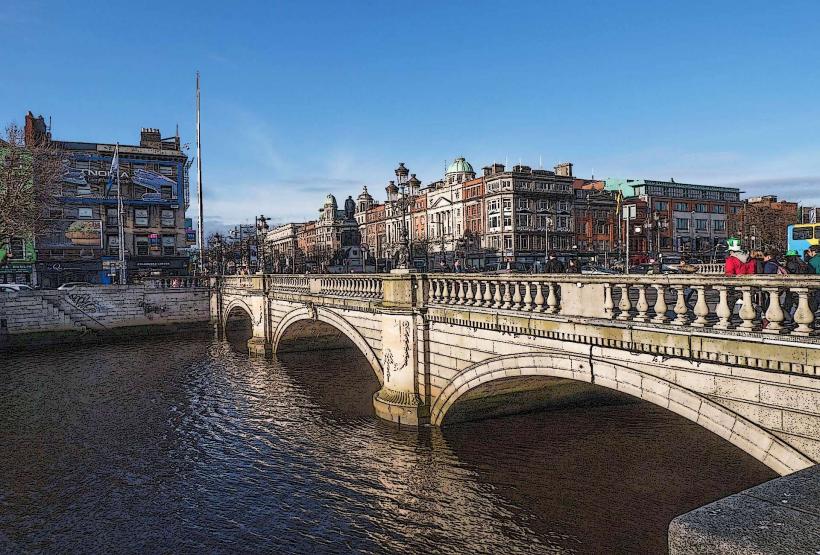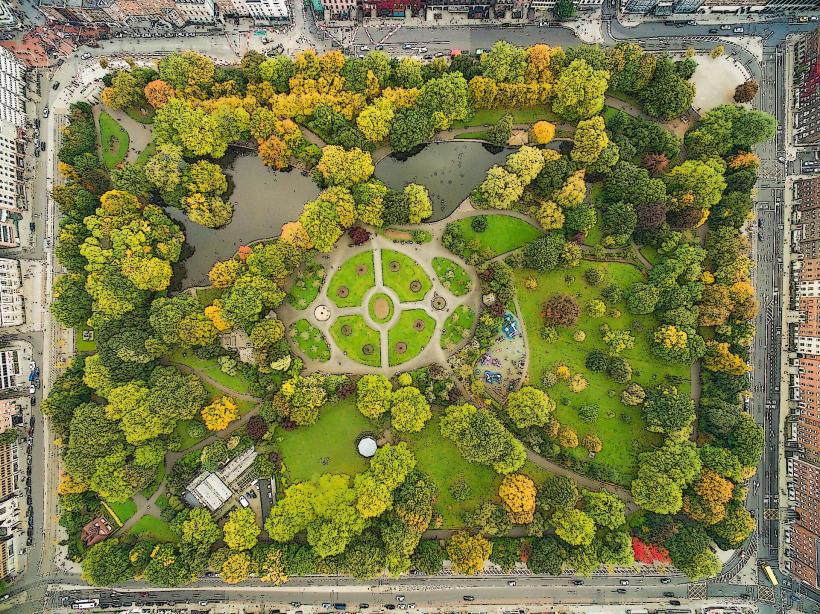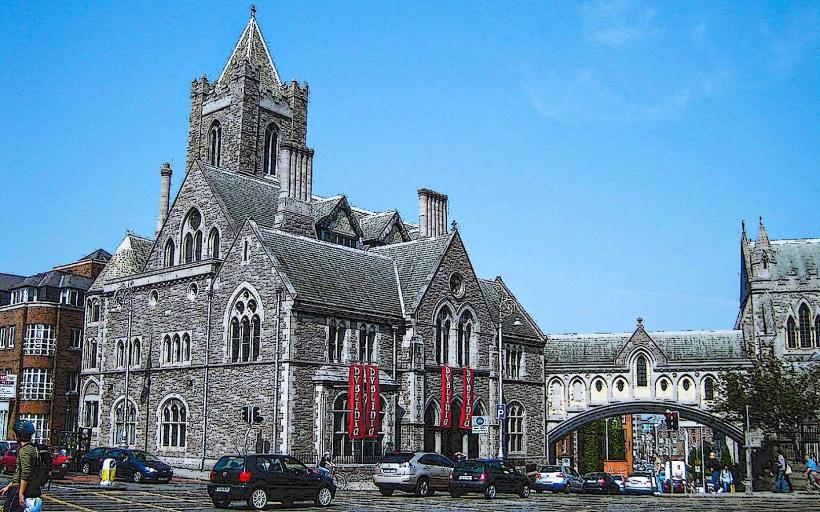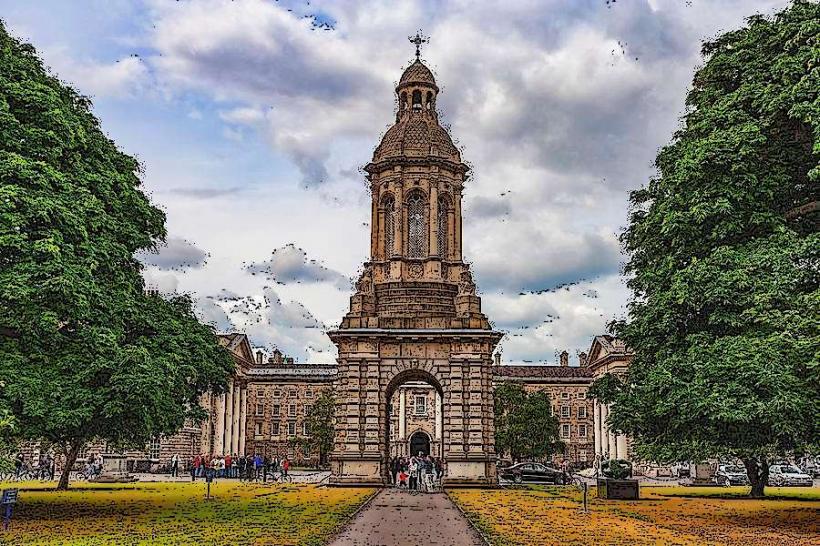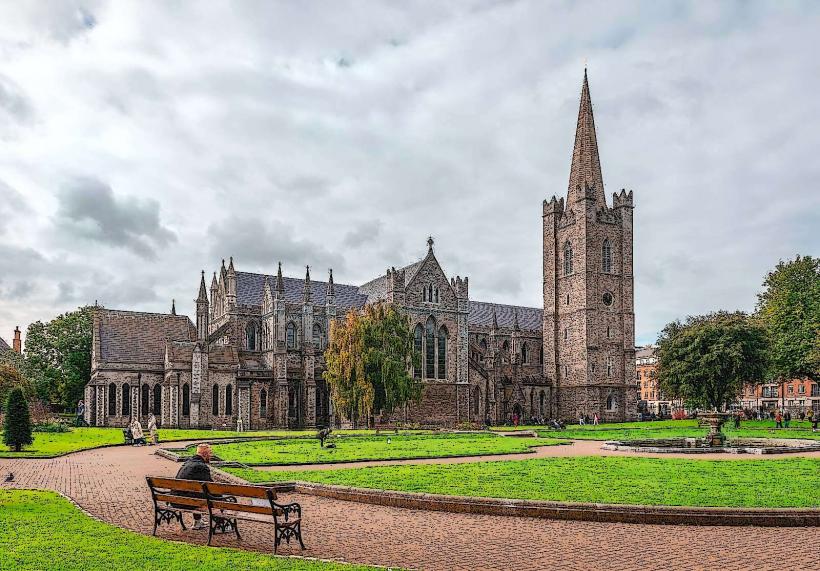Information
Landmark: Spire of DublinCity: Dublin
Country: Ireland
Continent: Europe
The Spire of Dublin, also known simply as The Spire, is a striking and modern monument located on O'Connell Street, one of Dublin's main thoroughfares. It is a tall, needle-like structure that stands at the center of Dublin’s cityscape, symbolizing the city's forward-looking and evolving identity.
Design and Construction
Height and Dimensions:
- The Spire is a 120-meter (394 feet) tall stainless steel obelisk, making it the tallest sculpture in Ireland and one of the tallest public monuments in Europe.
- The diameter of the base is 3 meters (10 feet), while the top tapers to a small 15-centimeter (6-inch) point, giving it an elegant and streamlined look.
Design:
- The monument was designed by the architect Ian Ritchie and commissioned by Dublin City Council as part of a regeneration project for O'Connell Street in the early 21st century.
- The design was chosen for its modern aesthetic and symbolic significance. It is intentionally minimalist, with no elaborate features or decorations, which contrasts with the more traditional, historic architecture surrounding it.
Material:
- The Spire is made of polished stainless steel, giving it a reflective surface that shines and changes with the weather and light, making it a dynamic addition to the urban landscape. At night, the Spire is illuminated with subtle lighting, enhancing its modern design and making it visible from various points in the city.
Symbolism
Representation of Dublin:
- The Spire was designed to symbolize Dublin's renewal and modernity. It marks a break from the past, symbolizing a new era for the city in the early 21st century. Unlike older, more traditional monuments, the Spire’s sleek, abstract design represents Dublin's ambition to modernize and grow as a global city.
Urban Regeneration:
- The Spire is part of a broader effort to revitalize O'Connell Street, which had been a focal point for commercial and civic activity in Dublin but was suffering from declining infrastructure and visual appeal. The Spire aimed to draw attention to the street and attract visitors to the city center.
The Irish Flag:
- The Spire is sometimes interpreted as an abstract representation of the Irish flag, with its slender form rising into the sky and its bright, polished surface reflecting the surrounding city, echoing the pride and hope of modern-day Ireland.
Location and Context
- The Spire stands in the middle of O'Connell Street, one of Dublin's busiest streets. It occupies the spot that was formerly home to a Nelson’s Pillar, a monument dedicated to Admiral Horatio Nelson, which was destroyed in 1966 by a bomb attack carried out by Irish republicans.
- The Spire's location ensures that it is visible from various angles and is a central point of reference for locals and tourists alike. Its proximity to many other key landmarks in Dublin, such as Trinity College, Dublin Castle, and Temple Bar, makes it a focal point in the city's cultural and commercial life.
Public Reception and Criticism
Mixed Reactions:
- The Spire has been a polarizing monument since its installation. While some admire its modernity and sleek, minimalist design, others criticize it for being out of place among the more historic architecture of O'Connell Street.
- Critics have argued that the Spire lacks the historical gravitas of earlier monuments, such as the Nelson’s Pillar, and that it doesn’t adequately represent the Irish identity in a meaningful way.
Popular Landmark:
- Despite the criticism, the Spire has become an iconic feature of Dublin’s skyline and a popular meeting point for both locals and tourists. Its location and design have made it a recognizable landmark in the city, and it is frequently featured in photographs and tourist guides.
Public Art Debate:
- The Spire has sparked wider debates about the role of modern public art in urban environments, especially in historic cities like Dublin. Some see it as a bold, artistic statement, while others view it as an example of artificial modernization that lacks deeper cultural significance.
Conclusion
The Spire of Dublin stands as a symbol of Ireland’s progress and modernization in the 21st century. Its design, while controversial to some, represents the future of Dublin as it continues to evolve as a dynamic, global city. Whether you love it or loathe it, the Spire remains an iconic and unmistakable feature of the Dublin cityscape, drawing attention to O'Connell Street and symbolizing the ambition and forward-looking nature of modern Dublin.

